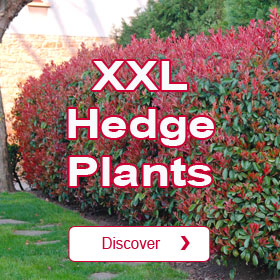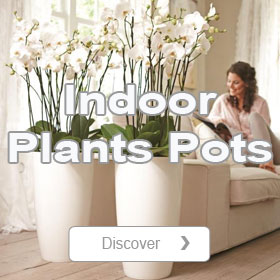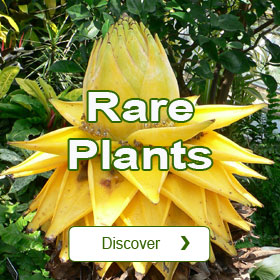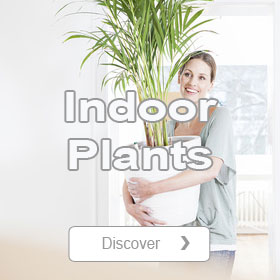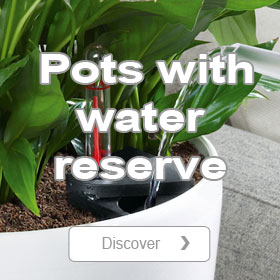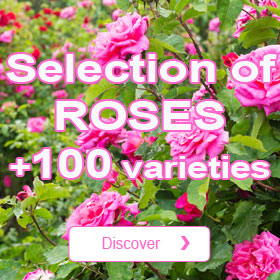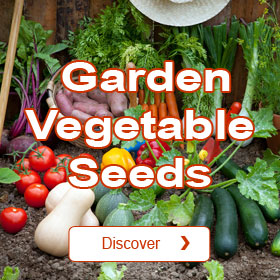Choose the material of pots
• Create a scenery with pots
• Growing plants in unusual containers
• Make your potted plants more beautiful
• Choose the material of pots
• Look after your pots to make them last
• The right pot for the right plant
• Upright-growing plants in pot
• Growing a tree in a pot
• Hiding a cumbersome stump
• Hiding the compost heap
• Optimize Trees
• How to redesign a flowerbed ?
• Create a flowering border like a painter
• Harmonise foliage between them
• Succeed with your borders
• An attractive garden in winter
• Create a Mediterranean corner
• Create an exotic area
• Create a Japanese corner
• Create a green roof
• Create a rockery
• An Acer, for all gardens
Foam Pots and Planters, Galvanized steel Planters, Wooden Planters, Geotextile Pots and Planters, Plastic Pots and Planters
Start off the right pot!
Nowadays pots offer varied materials, from the traditional terracotta pots and wooden window boxes up to innovative composite materials. Which ones to choose? Follow the guide!
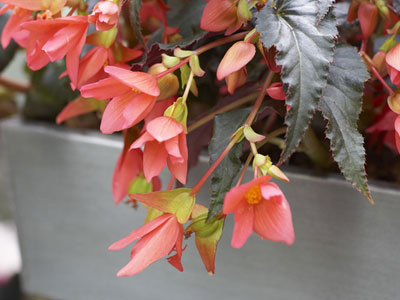
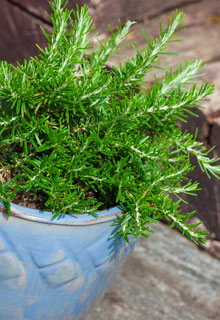
Varnished, terracotta performs just like synthetic materials.
Terracotta
Traditional material, it has for itself a certain charm and a long history. Terracotta has a good wind resistance. Non-varnished (natural terracotta) it lets roots breathe which is appreciated by plants which naturally grow on dry land. On the other side of the coin, as the soil dries out quickly it cannot be used for seeding and other water-requiring ‘cultivations. As for enamelled Terracotta, it keeps more humidity in.
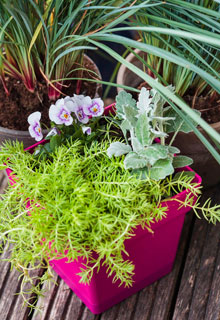
Synthetic materials
Plastic is the usual synthetic material used in pots. It does keep humidity in well at roots level thus limits watering unlike natural terracotta which lets water evaporate more. For plants which require a fair amount of water to stay healthy, like Box it is a good solution. This advantage can quickly become an inconvenience if the substrate used keeps too much water in, as certain plants hates this, like Lavender or Rosemary. You must therefore think ahead and choose the substrate according to the needs of the plant grown and the pot's material. In the rank of advantages of the plastic material, the fact that it does not brake is appreciable in places exposed to draught. Also with a little bit of care (regular clean) you can use it over a very long time. Plastic materials have acquired extremely varied shapes, astonishing textures and colours which make this material the essential element of a successful terrace. Indeed, synthetic materials take on the look of leather or foam and the pots which have double lining offer new possibilities such as integrated water reserves.
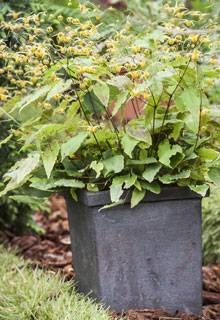
Resin takes on the shapes and colours of terracotta.
Plastic brings in colour and cheerfulness!
Close to plastic, resin offers the same appearances' effects than terracotta with good stability against wind. This material last for a very long time and has the same properties than plastic regarding the plants which are grown in it.
Wood
The ultimate fine material ‘par excellence', wood is suitable for window-boxes and large containers if it has received a treatment to resist a long stay with humidity. Its natural insulating properties make it a good choice for roots- sensitive plants such as climbers.
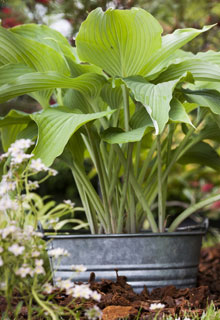
Metal whatever its finish is more suited to a seasonal use or used as a cache-pot.
Metal
Extremely thin, the pots and containers made of metal are usually used as cache-pot, designed to hide a growing pot looking rather unsightly. A prolonged contact between humidity and iron is not recommended but it is perfectly acceptable for seasonal use, the time to grow aromatic plants in pot for example.












